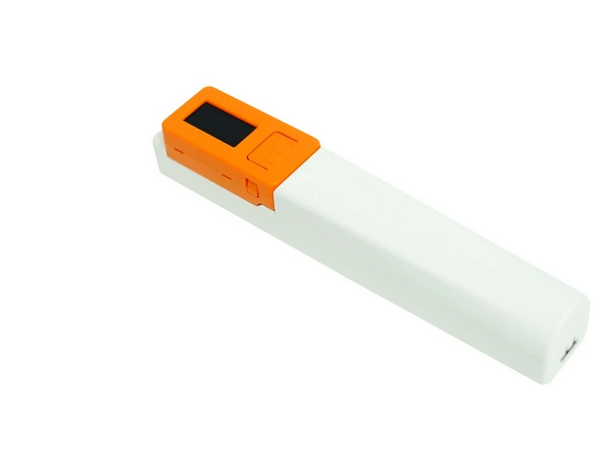Hi @DuncB, thanks for your response and suggestions. Some of the reasons are valid such as there requires a rework on the software. Size wise it is 48.2*25.5*13.7mm, out of which important part is width is just 25.5 which seems good enough to keep inside Petling. The screen, we don't need to use it. It has an in built battery, if it is not enough one can keep an extra battery. So, realistically the module itself has everything required to make a digital Hydrometer. If an extra battery required there's a plug in battery case. So, all it required is a software support. I have seen people using it as a TiltBridge device on this forum, So I would like to know if anyone used it as a hydrometer as well or encountered any issues.
M5StickC 18650C

M5StickC 18650C














![Craft A Brew - Safale BE-256 Yeast - Fermentis - Belgian Ale Dry Yeast - For Belgian & Strong Ales - Ingredients for Home Brewing - Beer Making Supplies - [3 Pack]](https://m.media-amazon.com/images/I/51bcKEwQmWL._SL500_.jpg)

































